The inner thighs, also known as the adductor muscles, are crucial for everyday movements like walking, running, and climbing stairs. Strengthening these muscles not only enhances their functionality but also contributes to a more sculpted appearance of your lower body.
In this article, we’ll delve into a selection of yoga asanas specifically designed to tone your inner thighs. Each pose targets the adductor muscles, effectively tightening and shaping them.
So, grab your yoga mat and get ready to embark on a journey towards slimmer legs and improved leg strength.
Upavistha Konasana (Wide-Angle Seated Forward Bend)

Upavistha Konasana, also known as the Wide-Angle Seated Forward Bend, is a yoga pose that deeply stretches the inner thighs, hamstrings, and groin while opening the hips and releasing tension in the lower body. It is a challenging pose that requires a degree of flexibility, but with regular practice, most people can achieve some degree of the pose.
Benefits
Upavistha Konasana offers a range of benefits, including:
- Improved flexibility in the inner thighs, hamstrings, and groin
- Enhanced hip opening
- Reduced tension in the lower body
- Increased circulation in the legs
- Promoted digestion and elimination
- Calmed mind and reduced stress
Steps:
- Sit on the floor with legs extended straight out in front of you.
- Flex your feet and point your toes towards the ceiling.
- Gently press your palms into the floor on either side of your hips, fingertips facing forward.
- Inhale deeply and lengthen your spine, reaching your crown towards the ceiling.
- Exhale as you fold forward from the hips, reaching towards your feet.
- Keep your spine long and avoid rounding your back.
- If your feet are out of reach, use a yoga strap or belt to loop around the balls of your feet and gently pull yourself forward.
- Breathe deeply and evenly, focusing on the stretch in your inner thighs, hamstrings, and groin.
- Hold for 10-20 breaths, gradually increasing the depth of the stretch as you relax into the pose.
- To come out of the pose, inhale and slowly lift your torso upright, reaching your arms overhead.
- Gently shake out your legs and release any tension.
Janu Sirsasana (Head-to-Knee Pose)
Janu Sirsasana, also known as the Head-to-Knee Pose, is a deep stretch for the inner thighs, hamstrings, and lower back. It is a challenging pose that requires a degree of flexibility, but with regular practice, most people can achieve some degree of the pose.
Apart from improving your inner thigh strength and flexibility, it also has several other benefits like:
- Relieves back pain
- Improves posture
- Stimulates the abdominal organs
- Reduces stress and anxiety
- Calms the mind
- Improves digestion
- Helps in weight loss
- Promotes sleep
Steps
- Sit on the floor with your legs extended straight out in front of you.
- Bend your right knee and bring your right foot to your left hip crease.
- Exhale and fold forward, placing your forehead on your right knee.
- Keep your back straight and avoid hunching over.
- If your back rounds, use a yoga strap or belt to loop around the ball of your right foot and gently pull yourself forward, keeping your spine long.
- Breathe deeply and evenly, focusing on the stretch in your inner thighs, hamstrings, and lower back.
- Hold for 10-20 breaths, gradually increasing the depth of the stretch as you relax into the pose.
- Repeat on the other side.
- To come out of the pose, inhale and slowly lift your torso upright, reaching your arms overhead.
- Gently shake out your legs and release any tension.
Baddha Konasana (Bound Angle Pose)
Baddha Konasana, also known as the Bound Angle Pose, is a gentle yet effective pose for stretching and opening the inner thighs, groin, and pelvic floor. It also promotes relaxation and relieves stress, making it a great pose to incorporate into your yoga practice.
Positive Effects
Baddha Konasana offers a range of positive effects, including:
- Improved flexibility in the inner thighs, groin, and pelvic floor
- Enhanced hip opening
- Reduced stress and anxiety
- Promoted relaxation
- Stimulated digestion
- Improved circulation in the legs
- Relieved menstrual cramps
Steps:
- Sit on the floor with your legs extended straight out in front of you.
- Bend your knees and bring the soles of your feet together, letting your knees fall open.
- Gently press your inner thighs towards the floor.
- Lengthen your spine and reach your crown towards the ceiling.
- Relax your shoulders and let your arms rest gently on your thighs or knees.
- Breathe deeply and evenly, focusing on the stretch in your inner thighs, groin, and pelvic floor.
- Hold for 10-20 breaths, gradually increasing the depth of the stretch as you relax into the pose.
Setu Bandhasana (Bridge Pose) with Block
Setu Bandhasana, also known as the Bridge Pose, is an effective pose for strengthening the hamstrings, glutes, and lower back while stretching the inner thighs and groin. It is a versatile pose that can be adapted to accommodate various levels of flexibility and can be practiced with or without a block.
Physical Benefits
Setu Bandhasana offers a range of physical benefits, including:
- Improved strength in the hamstrings, glutes, and lower back
- Increased flexibility in the inner thighs and groin
- Enhanced core stability
- Improved balance and coordination
- Stimulated circulation in the legs
- Relieved back pain
- Reduced menstrual cramps
Steps:
- Lie on your back with your knees bent and feet flat on the floor, hip-width apart.
- Place a yoga block under your sacrum, the flat part of your lower back, for support.
- Press your feet firmly into the floor and lift your hips up, forming a bridge pose.
- Keep your spine long and avoid arching your back.
- Clasp your hands behind your back and press your pinkie fingers into the mat.
- Broaden your collarbones and roll your shoulders beneath you.
- Breathe deeply and evenly, focusing on the stretch in your inner thighs and groin.
- Hold for 10-20 breaths, gradually increasing the depth of the stretch as you relax into the pose.
Utthita Trikonasana (Extended Triangle Pose)
Utthita Trikonasana, also known as the Extended Triangle Pose, is a standing yoga pose that deeply stretches the inner thighs, hamstrings, and groin while strengthening the legs and core. It is a challenging pose that requires a degree of flexibility and balance, but with regular practice, most people can achieve some degree of the pose.
Positive Outcomes
Utthita Trikonasana offers a range of positive outcomes, including:
- Improved flexibility in the inner thighs, hamstrings, and groin
- Enhanced hip opening
- Strengthened legs and core
- Improved balance and coordination
- Stimulated circulation in the legs
- Reduced stress and anxiety
- Promoted digestion
- Relieved back pain
Steps:
- Stand with your feet wide apart, about 3-4 feet apart.
- Turn your right foot out to the side so your toes are pointing towards the short edge of your mat.
- Turn your left toes in slightly, about 45 degrees.
- Exhale and extend your torso forward, hinging at your hips, not your waist.
- Reach your right hand towards the floor, keeping your left arm extended towards the ceiling.
- Keep your spine long and avoid rounding your back.
- Breathe deeply and evenly, focusing on the stretch in your inner thighs, hamstrings, and groin.
- Hold for 10-20 breaths, gradually increasing the depth of the stretch as you relax into the pose.
- To come out of the pose, inhale and slowly lift your torso upright, reaching your arms overhead.
- Gently shake out your legs and release any tension.
Garudasana (Eagle Pose)
Garudasana, also known as the Eagle Pose, is a challenging and balancing yoga pose that requires flexibility, coordination, and focus. It stretches and strengthens the inner thighs, hips, and lower back while also improving balance and concentration.
Benefits
Garudasana offers a range of benefits, including:
- Improved flexibility in the inner thighs, hips, and lower back
- Enhanced balance and coordination
- Strengthened core and leg muscles
- Increased focus and concentration
- Reduced stress and anxiety
- Promoted digestion
- Relieved back pain
Steps:
- Stand with your feet hip-width apart and your arms at your sides.
- Bend your right knee and bring your right foot to your left hip crease, crossing your ankle over your left shin.
- Simultaneously, bend your left knee and lift your right leg, wrapping it around your left thigh.
- Bring your right heel to rest on your left inner thigh or as high as you can comfortably reach.
- Wrap your right arm around your left arm, crossing your elbows at the elbow crease.
- Gaze at your right thumb or index finger, keeping your head and spine aligned.
- Breathe deeply and evenly, focusing on the stretch in your inner thighs, hips, and lower back.
- Hold for 5-10 breaths, gradually increasing the depth of the stretch and balance as you relax into the pose.
- Repeat on the other side.
Malasana (Garland Pose)
Malasana, also known as the Garland Pose, is a deep squatting yoga pose that stretches and strengthens the inner thighs, hamstrings, and lower back while also opening the hips and promoting overall well-being. It is a versatile pose that can be adapted to accommodate various levels of flexibility and can be practiced with or without a yoga block.
Positive Effects
Malasana offers a range of positive effects, including:
- Improved flexibility in the inner thighs, hamstrings, and lower back
- Enhanced hip opening
- Strengthened legs and core
- Improved balance and coordination
- Stimulated circulation in the legs
- Reduced stress and anxiety
- Promoted digestion
- Relieved back pain
- Gentle massage for the internal organs
Steps:
- Stand with your feet hip-width apart and your arms at your sides.
- Bend your knees deeply and lower your hips towards the floor, as if squatting onto an imaginary chair.
- Keep your spine long and avoid hunching over.
- Spread your knees wider than your hips, allowing your inner thighs to gently stretch.
- Bring your palms together in front of your chest in Anjali Mudra (prayer position) or extend your arms overhead, palms facing each other.
- Breathe deeply and evenly, focusing on the stretch in your inner thighs, hamstrings, and lower back.
- Hold for 5-10 breaths, gradually increasing the depth of the squat and stretch as you relax into the pose.
Balasana (Child’s Pose)
Balasana, also known as the Child’s Pose, is a gentle and restorative yoga pose that provides deep relaxation and relief from stress and tension. It is a versatile pose that can be practiced by people of all ages and fitness levels.
Benefits
Balasana offers a range of benefits, including:
- Deep relaxation and stress relief
- Gentle stretch for the lower back, hips, and thighs
- Improved circulation in the legs
- Soothed and calmed nervous system
- Promoted digestion
- Relieved menstrual cramps
- Reduced anxiety and insomnia
Steps:
- Kneel on the floor with your knees hip-width apart and your toes pointed together.
- Sit back on your heels, keeping your spine long.
- Exhale and fold forward, resting your forehead on the floor or on a yoga block placed in front of you.
- Extend your arms out in front of you, palms facing down, or rest your arms alongside your body, palms facing up.
- Close your eyes and relax your entire body.
- Breathe deeply and evenly, focusing on the sensation of relaxation and release.
- Hold for 5-10 minutes or as long as you feel comfortable.
Bound Angle Pose with External Rotation
Bound Angle Pose with External Rotation, also known as Baddha Konasana with External Rotation, is a variation of the classic Bound Angle Pose that provides a deeper stretch for the inner thighs, groin, and pelvic floor. It also promotes hip opening and external rotation of the hip joints.
Benefits
Bound Angle Pose with External Rotation offers a range of benefits, including:
- Enhanced flexibility in the inner thighs, groin, and pelvic floor
- Improved hip opening and external rotation
- Reduced stress and anxiety
- Promoted relaxation
- Stimulated circulation in the legs
- Relieved menstrual cramps
Steps:
- Sit on the floor with your legs extended straight out in front of you.
- Bend your knees and bring the soles of your feet together, letting your knees fall open as much as possible.
- Gently press your inner thighs towards the floor.
- Lengthen your spine and reach your crown towards the ceiling.
- Relax your shoulders and let your arms rest gently on your thighs or knees.
- Breathe deeply and evenly, focusing on the stretch in your inner thighs, groin, and pelvic floor.
- To engage external rotation, gently press the outer edges of your feet down into the floor, as if trying to spread them wider.
- Hold for 10-20 breaths, gradually increasing the depth of the stretch and external rotation as you relax into the pose.
Reclined Bound Angle Pose
Reclined Bound Angle Pose, also known as Supta Baddha Konasana, is a restorative yoga pose that offers deep relaxation, stress relief, and improved flexibility in the inner thighs, groin, and lower back. It is a gentle and accessible pose suitable for people of all ages and fitness levels.
Benefits
Reclined Bound Angle Pose offers a range of benefits, including:
- Deep relaxation and stress relief
- Gentle stretch for the inner thighs, groin, and lower back
- Improved circulation in the legs
- Soothed and calmed nervous system
- Promoted digestion
- Relieved menstrual cramps
- Reduced anxiety and insomnia
- Increased awareness of the breath and body
Steps:
- Lie down on your back with your legs extended straight out in front of you.
- Bend your knees and bring the soles of your feet together, letting your knees fall open as much as possible.
- Gently press your inner thighs towards the floor.
- Relax your arms at your sides, palms facing up.
- Close your eyes and focus on your breath, letting your body melt into the floor.
- Breathe deeply and evenly, allowing the stretch to deepen with each breath.
- Hold for 5-10 minutes or as long as you feel comfortable.
Addressing Yoga Pose Modifications
In the realm of yoga, modifications play a crucial role in ensuring that poses are accessible and beneficial for individuals of all ages, fitness levels, and physical limitations. Here’s a detailed exploration of the modifications mentioned:
Supporting Thighs with a Folded Blanket or Pillow
When your knees cannot reach the floor in Bound Angle Pose (Baddha Konasana) or Reclined Bound Angle Pose (Supta Baddha Konasana), placing a folded blanket or pillow under your thighs provides gentle elevation and support. This modification allows you to maintain a neutral spine and avoid straining your lower back while still reaping the benefits of the stretch.
Countering Back Rounding with a Rolled-Up Blanket
Back rounding is a common issue in poses that involve forward folding or deep stretching. To address this, placing a rolled-up blanket under your lower back provides a gentle lift and supports the natural curvature of your spine. This modification helps maintain proper alignment and prevents strain on your lower back muscles.
Utilizing a Yoga Strap or Belt for Reaching Feet
In poses like Bound Angle Pose, if your feet cannot naturally come together, using a yoga strap or belt can help bridge the gap. Wrap the strap around the balls of your feet and gently pull yourself forward, keeping your spine long. This modification allows you to achieve the desired pose while maintaining proper alignment and avoiding strain on your inner thighs and groin.
Tips for Enhancing Your Yoga Practice
- Warm-up and Cool-down:
Warming up before your practice prepares your muscles for the upcoming stretches and movements, reducing the risk of injury. Start with light cardio or gentle yoga poses to gradually increase your heart rate and warm up your body. Similarly, cooling down after your practice helps your body transition back to a resting state, promoting relaxation and preventing muscle soreness.
- Focus on Proper Alignment:
Proper alignment is crucial for both safety and effectiveness in yoga. Pay attention to the alignment of your body throughout each pose, ensuring that your spine is long and neutral, your joints are engaged, and your muscles are working in harmony. Seek guidance from a qualified yoga instructor if you have any concerns about alignment.
- Breathe Deeply and Consciously:
Breath is the foundation of yoga, and mindful breathing enhances the practice on multiple levels. Consciously connect your breath to your movements, inhaling as you lengthen and exhale as you release. Deep, controlled breathing promotes relaxation, improves focus, and optimizes the benefits of each pose.
- Listen to Your Body:
Yoga is a journey of self-discovery, and honoring your body’s limitations is essential. Don’t force yourself into poses that cause pain or discomfort. Modifications are encouraged to make poses more accessible and beneficial. Listen to your body’s signals and adjust your practice accordingly.
- Practice Regularly:
Consistency is key to reaping the full benefits of yoga. Aim to practice regularly, even if it’s just for a few minutes each day. Regular practice helps develop flexibility, strength, and body awareness, leading to improved physical and mental well-being.
- Find a Suitable Environment:
Create a dedicated yoga space that is free from distractions and conducive to relaxation. Find a comfortable mat, ensure adequate lighting, and consider using props like blocks or straps if needed. A peaceful environment enhances your ability to focus and connect with your practice.
- Set Realistic Expectations:
Progress in yoga is gradual and personal. Avoid comparing yourself to others and focus on your own journey. Set realistic expectations for your practice and celebrate your achievements along the way.
- Embrace Patience and Self-Compassion:
Yoga is a practice of self-discovery, not perfection. There will be days when poses feel more challenging, and that’s okay. Be patient with yourself, practice self-compassion, and appreciate the progress you’ve made.
- Seek Guidance When Needed:
Don’t hesitate to seek guidance from experienced yoga instructors. They can provide personalized advice, assist with proper alignment, and offer modifications tailored to your needs.
- Explore Different Styles of Yoga:
Yoga encompasses a wide range of styles, each with its unique focus and approach. Try different styles to find what resonates with you and aligns with your personal goals and preferences.
By incorporating these poses into your regular yoga practice, you can effectively tone and strengthen your inner thighs, leading to a more sculpted and defined leg appearance. Remember to practice safely and listen to your body’s signals, adjusting poses as needed to maintain proper alignment and avoid injury. Hopefully, the above article of TTC has provided you with useful information. If you have any questions or concerns, please leave a comment below.
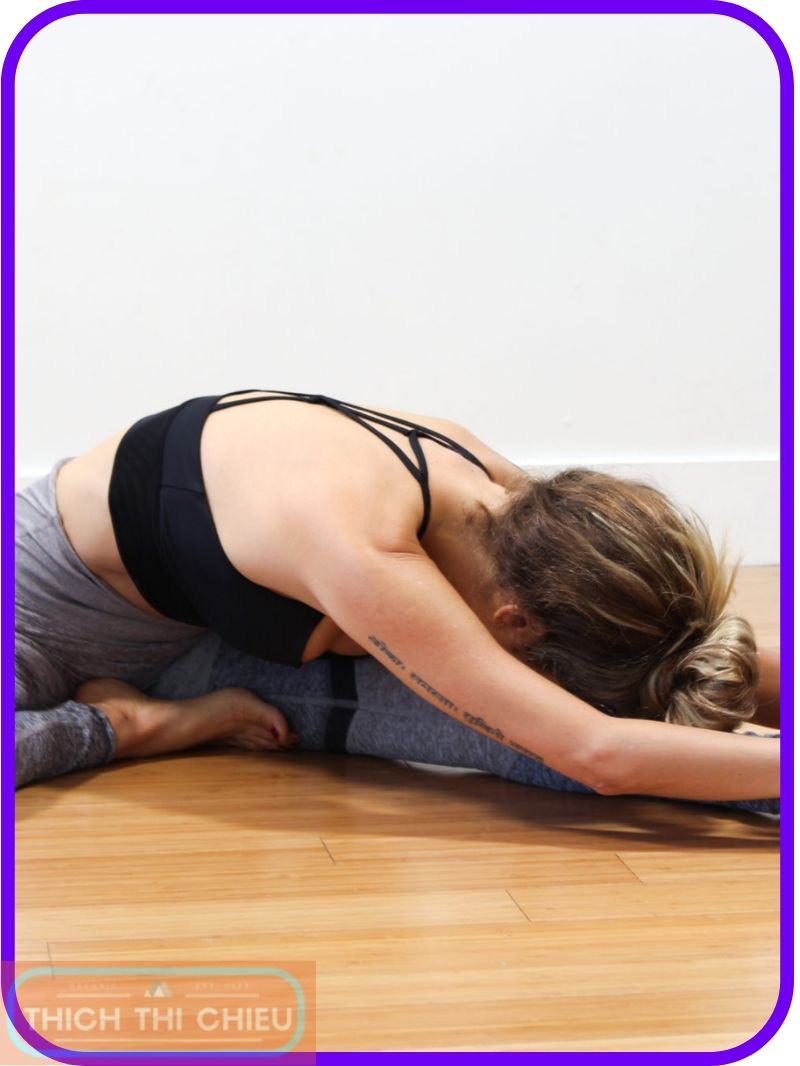
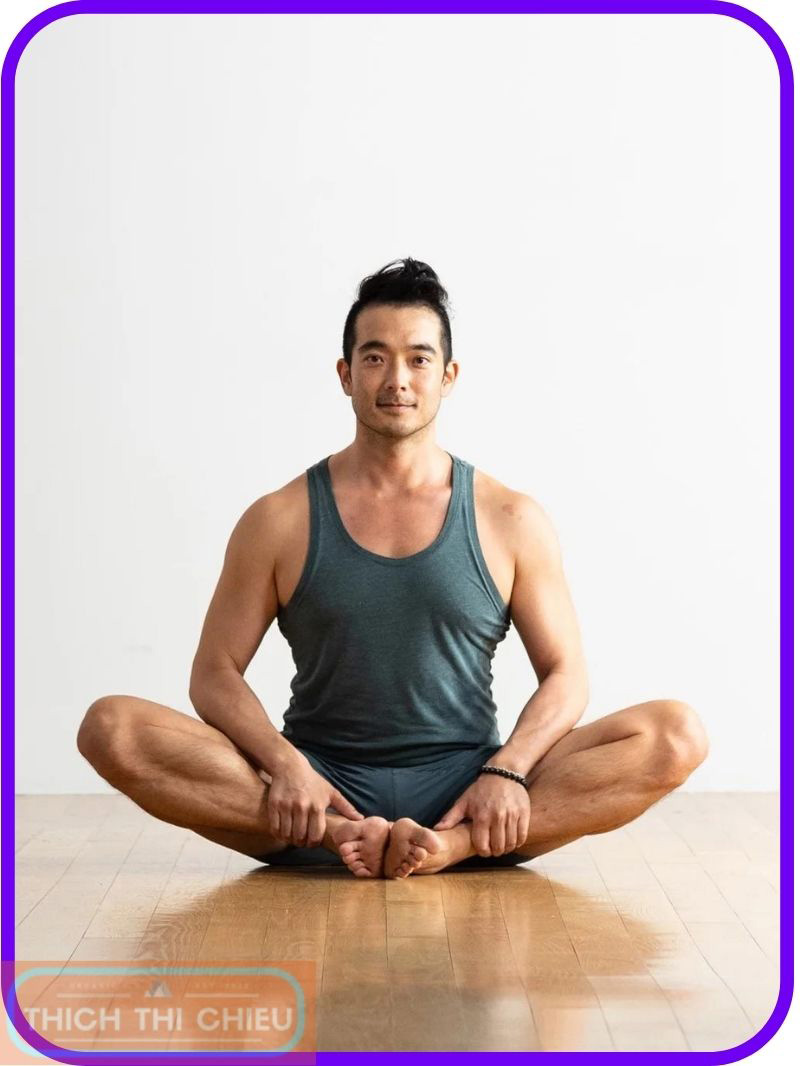
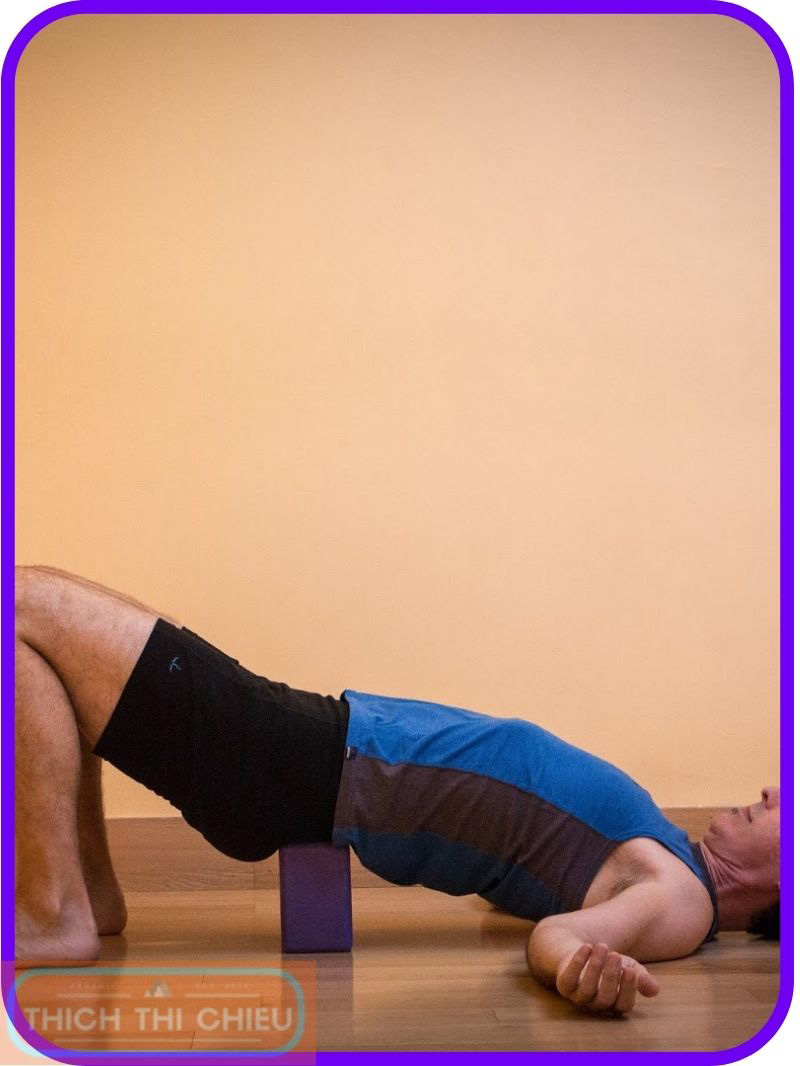
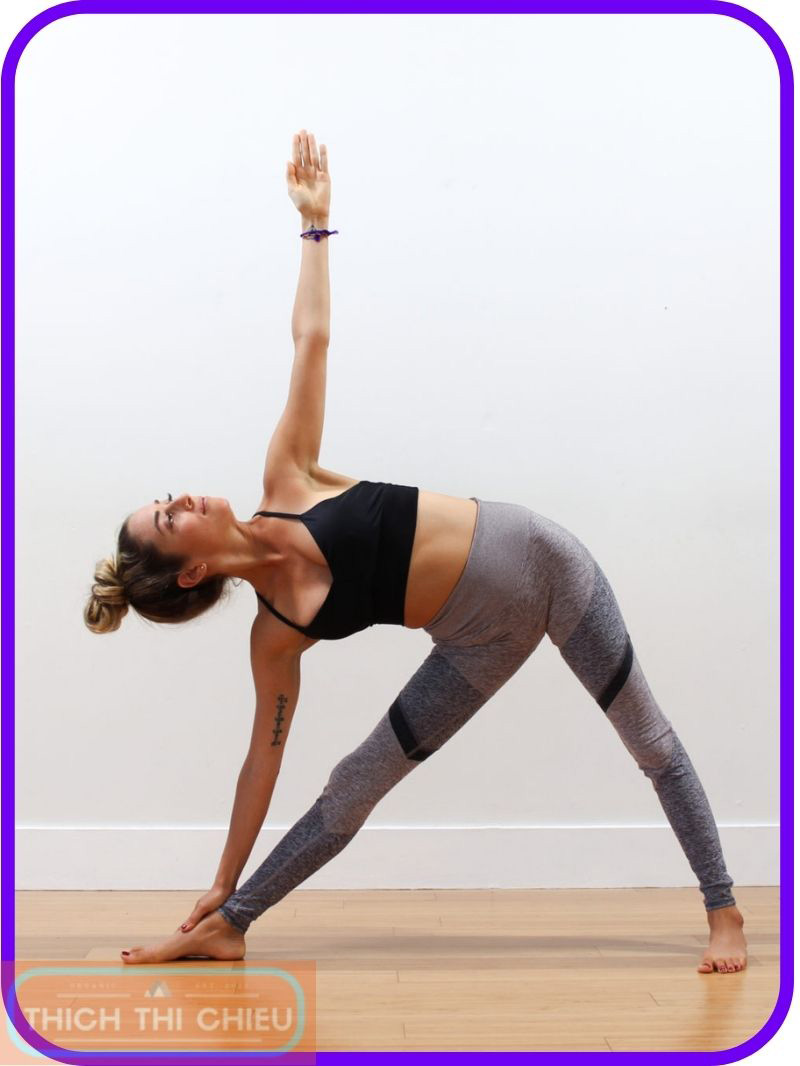
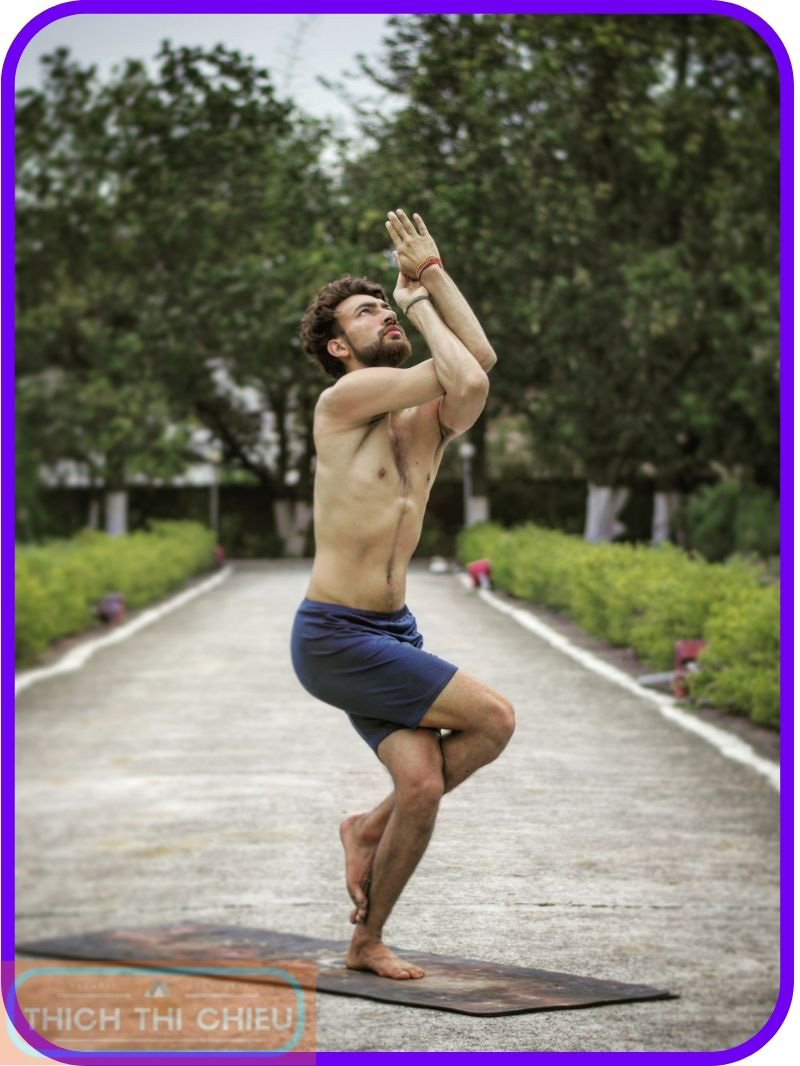
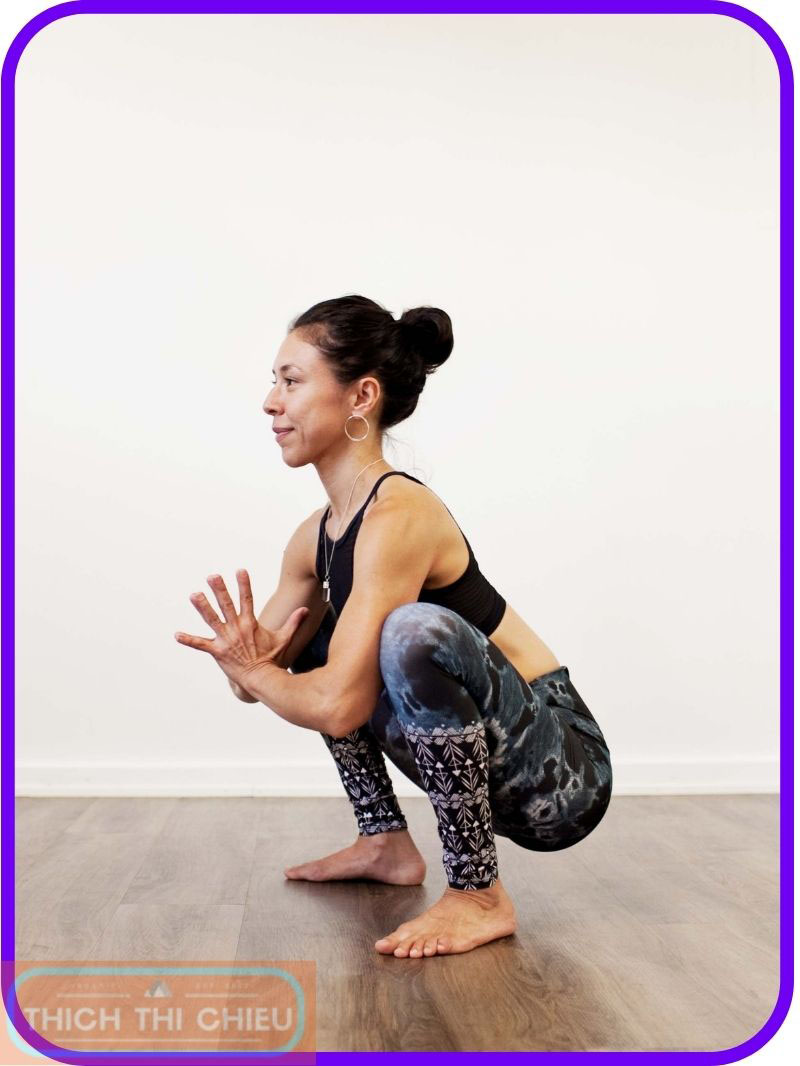
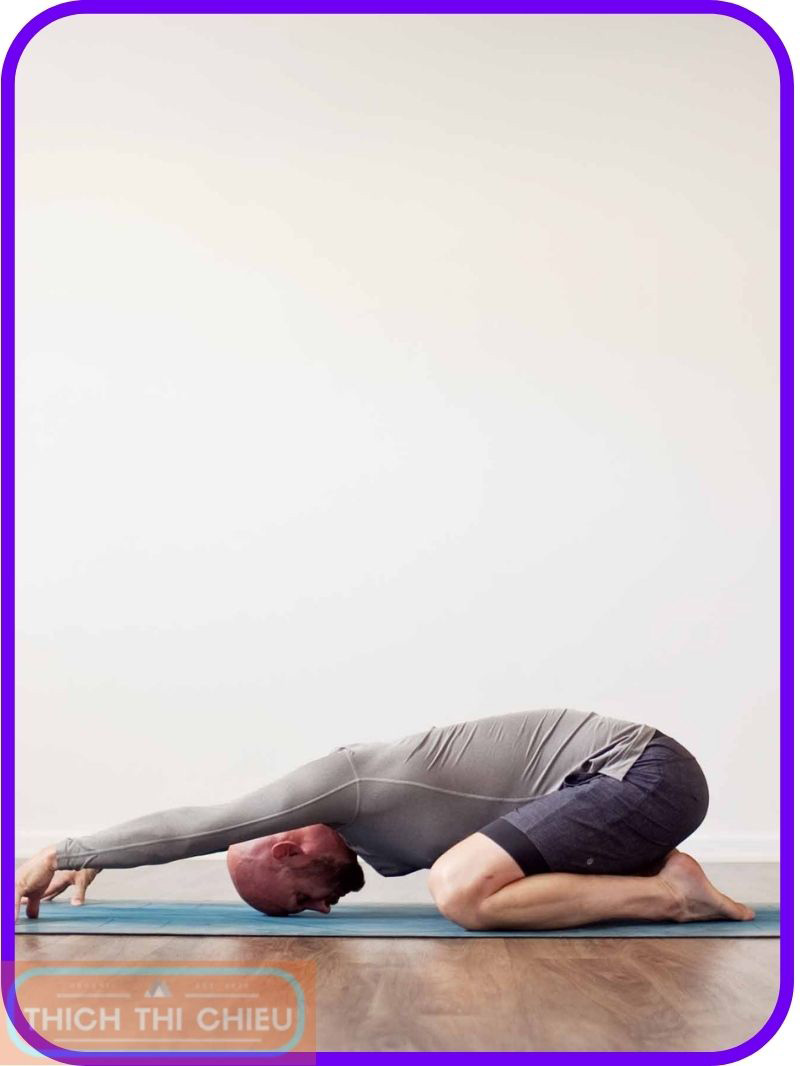
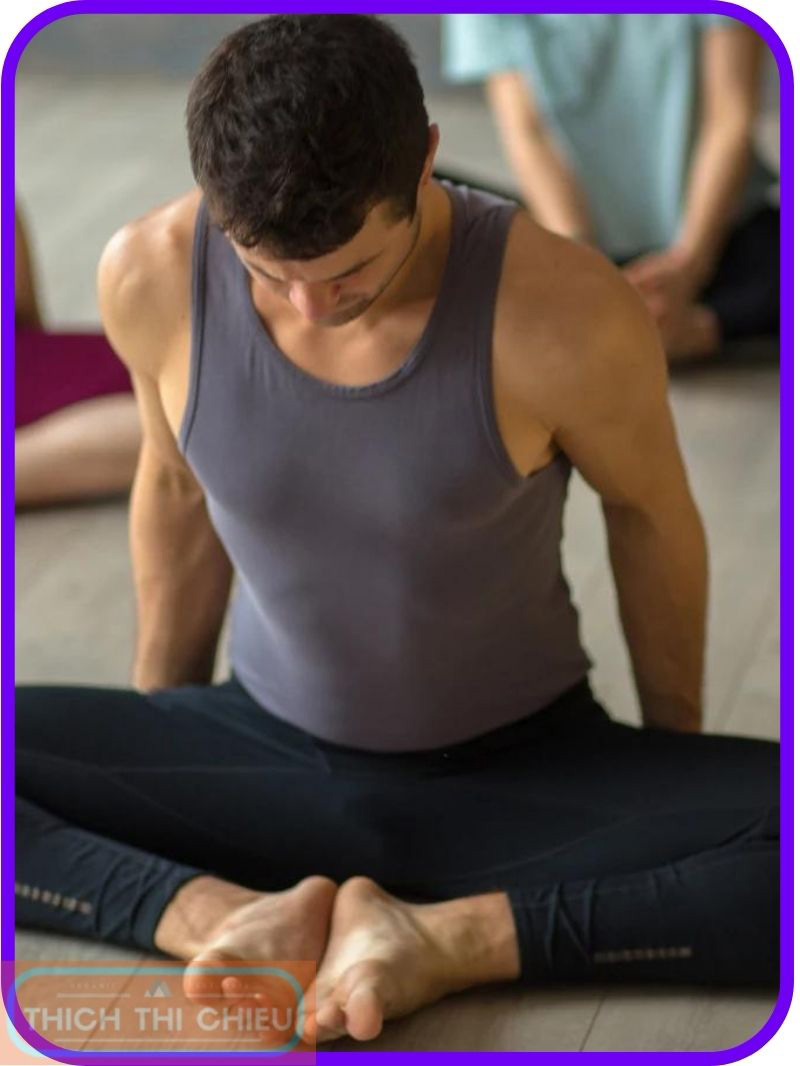
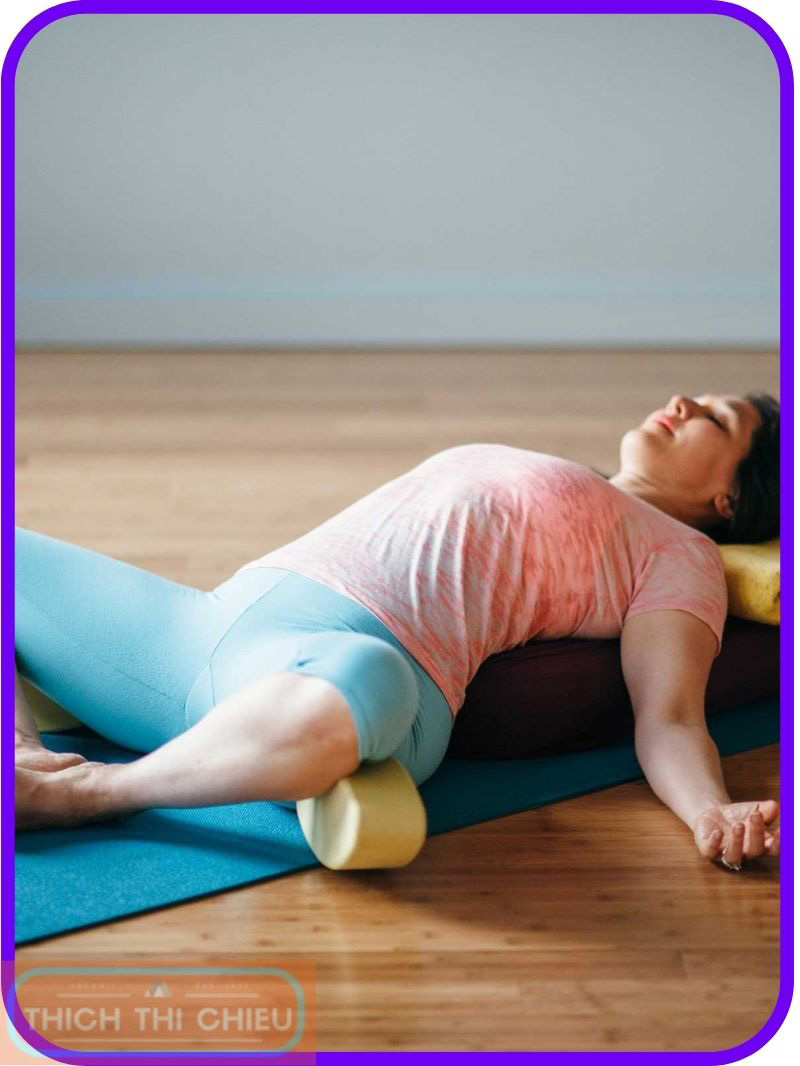
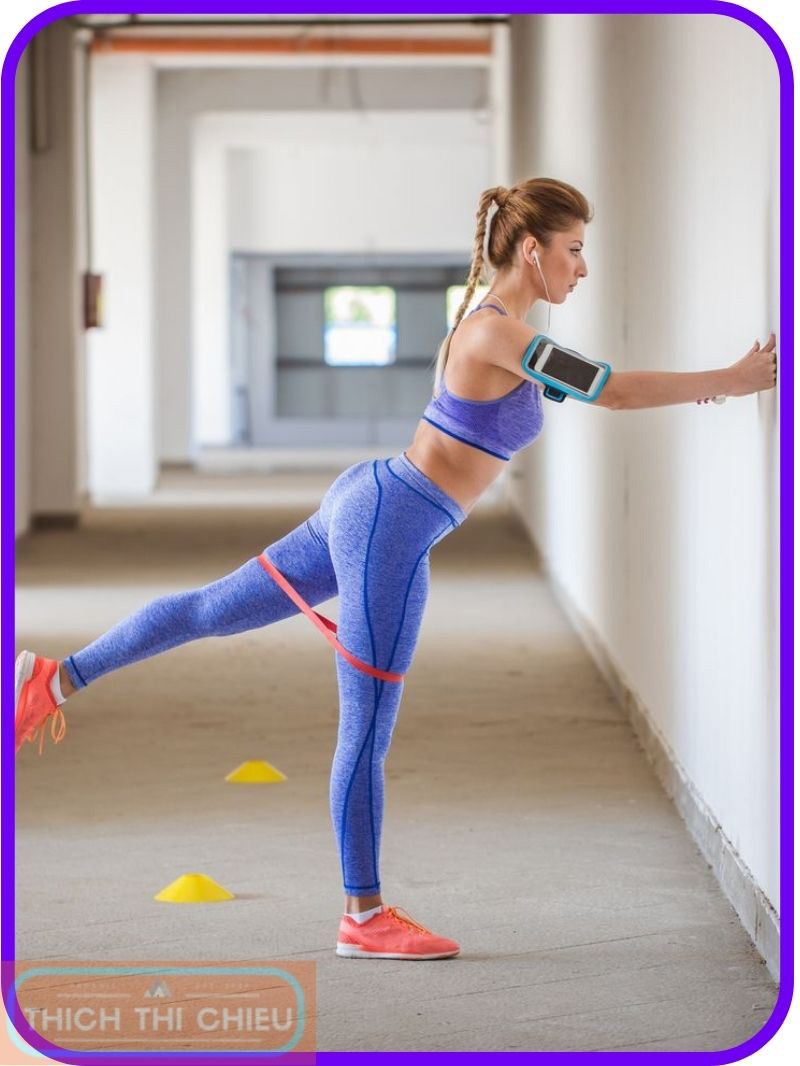
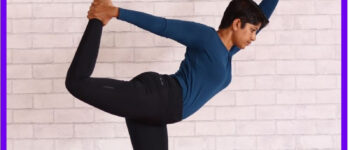


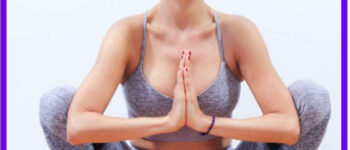

Leave a Reply